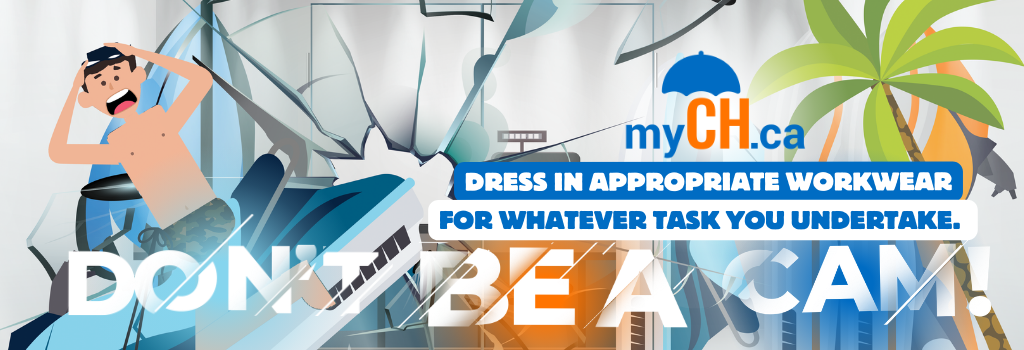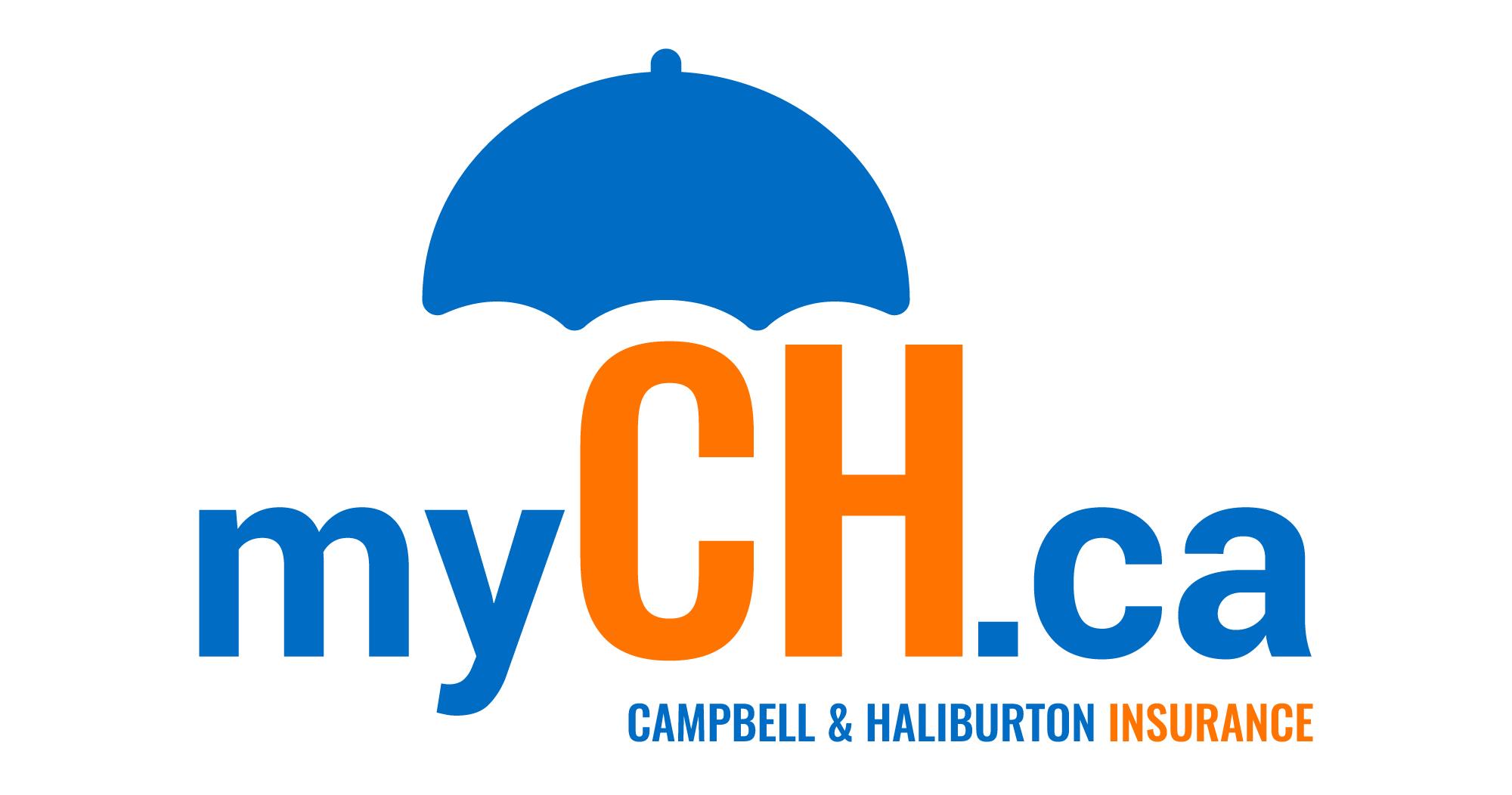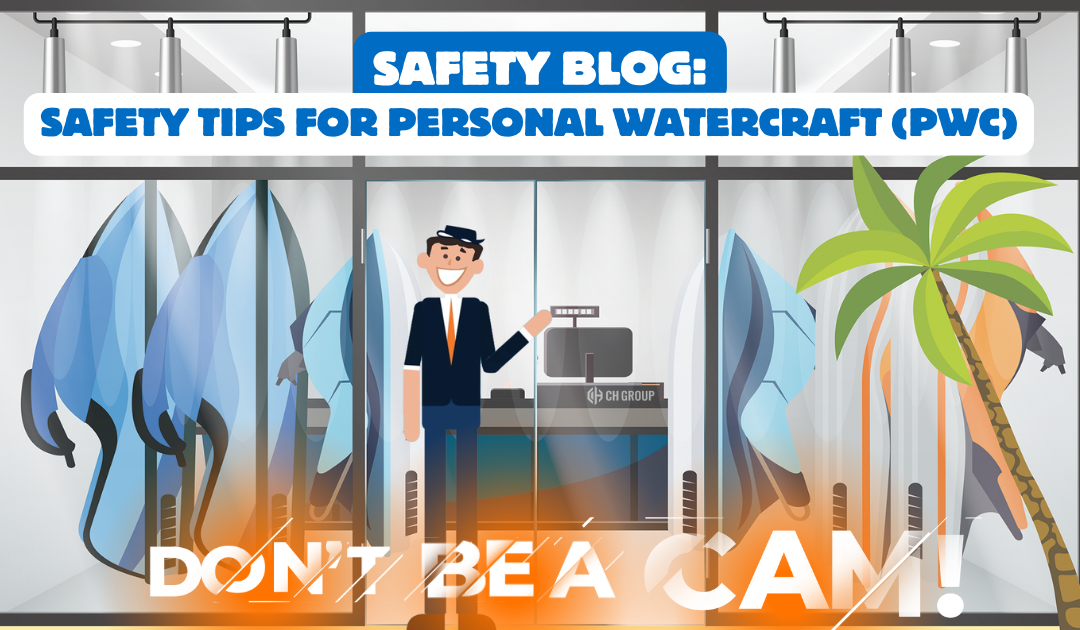What are some important safety tips for personal watercraft? Everyone knows that a personal watercraft requires the same diligence as driving a vehicle on land. Therefore, we are providing tips on what to think about both before you depart and while you’re on the water. For more information, visit the Transport Canada Office of Boating Safety and review the Safe Boating Guide for comprehensive information on pleasure craft requirements.
Before You Go
- A boating safety course is essential.
- Read the owner’s operating manual before departing.
- Inspect your craft to ensure it is in working order and for any damage. A free safety check is available through Transport Canada by request.
- Navigational lights must be in good working order.
- Make and file a sail (trip or float) plan, including details of your watercraft, where you plan to go, the route you plan to take, and when you anticipate returning. At a minimum, provide this information to family or friends so officials can be notified should there be a concern.
- Carry and use official nautical charts.
- Always check the weather forecast. Be aware of weather advisories and be prepared to take action before a storm hits.
- Register for a free Maritime Mobile Service Identity (MMSI) number through Industry Canada and have a VHF radio with Digital Selective Calling (DSC) installed and connected to GPS. The VHF/DSC radio sends distress signals to alert the Canadian Coast Guard that help is required. The MMSI number identifies your craft. Visit www.ccg-gcc.gc.ca or contact a Canadian Coast Guard Marine Communications and Traffic Services (MCTS) centre for more information.
On the Water
- Every person should be wearing a Canadian-approved lifejacket or personal floatation device (PFD) that is in good condition and properly fitted. Choose a bright colour to make it easier to spot in the water, and ensure that you are wearing thermal protection if boating in water less than 15°C.
- Approximately 90 percent of drowning deaths in recreational boating are due to not wearing a lifejacket or PFD. Having the equipment onboard is not enough. Rough winds, waves, and cold water can make it impossible to find a PFD or lifejacket when needed.
- Attach the engine shut-off line securely to your lifejacket or PFD.
- Carry a sound-signalling device and a watertight flashlight if boating before sunrise or after sunset.
- Maintain a portable fire extinguisher.
- Have a first-aid kit.
- Carry a carbon monoxide (CO) detector, as all internal combustion engines emit carbon monoxide.
- Boating and alcohol don’t mix. Don’t drink and drive.
- Avoid distracted driving, including talking, texting, or using a cell phone while boating.
- Abide by all boating safety and navigational rules, including driving at a safe speed.
- Make sure you have enough fuel before casting off. Operating at two-thirds throttle instead of full throttle will conserve fuel. Allow:
- One-third to get out
- One-third to get back
- One-third in reserve for emergencies
- Respect speed limits and learn the Collision Regulations or the “rules of the road” for Canadian waterways.

We hope you enjoyed these important safety tips for personal watercraft. If you have any questions or need more clarifications, don’t hesitate to contact us at Campbell & Haliburton Insurance! Finally, always remember to be respectful of those around you and the environment so that you and others can enjoy water sports safely!

